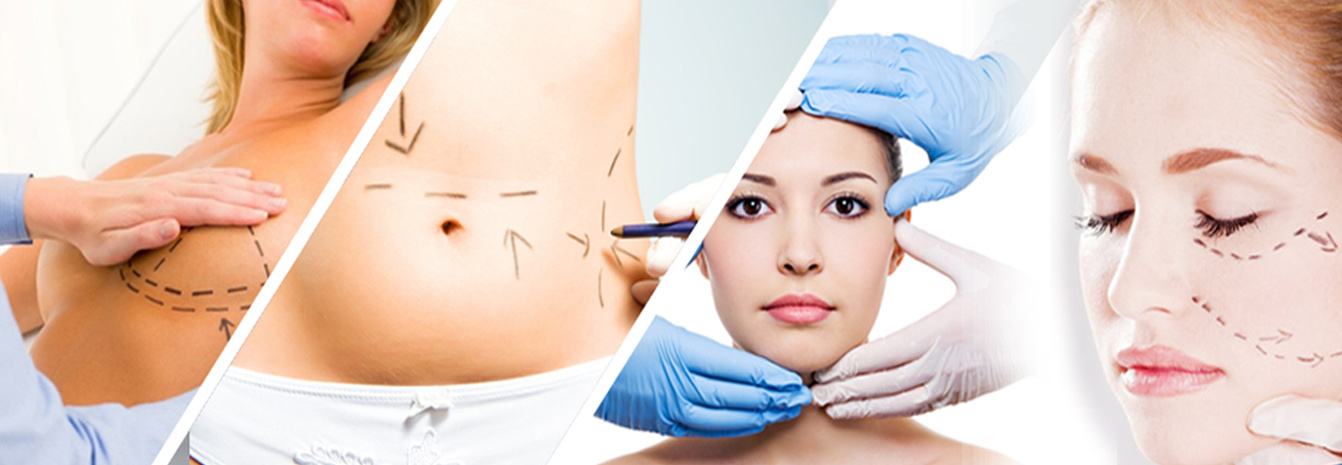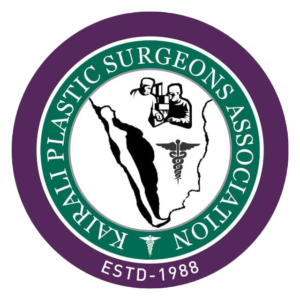
- Abdominal Wall Reconstruction
- Acute Trauma Management
- Breast Reconstruction
- Brachial Plexus and Peripheral Nerve Surgeries
- Burns And Reconstructive Surgeries
- Chest Wall Reconstruction
- Cleft And Craniofacial Surgeries
- Congenital Deformities
- Diabetic Foot & Its Management
- Gender Confirmation Surgeries
- Hand Surgeries
- Head & Neck Reconstruction
- Micro Vascular surgery
- Negative Pressure Wound Therapy
- Pressure Sore And Reconstructive Procedures
- Regenerative Medicine
- Tissue Expansion
INTRODUCTION:
Reconstruction of the structures in the head, and neck, which involves the face, is a huge field in Plastic Surgery. Reconstruction can be the most important part of most surgeries done in this area.
Congenital Disorders, like cleft lip and palate, cranio facial clefts and ear abnormalities and absence is traditionally not classified under Head and Neck reconstruction, and they are described elsewhere.
Accidents and other types of trauma can create horrible disfigurements of the face and head and neck region that will need expert reconstructive surgery. Parts like the ear, eyelids, nose and lips, if crushed or avulsed will need Reconstructive Plastic Surgery.
Tumours of the skin- Face.
Swellings and tumours of the face can be benign or malignant. That is, some are cancers, but many are not. Ulcers can also be cancers. Such cancers of the skin are mostly managed by Plastic Surgeons, themselves- both removal and reconstruction. Local flaps, skin grafts etc are some of the ways of reconstructing them. Total removal of Nose, Eyelids and such are extremely disfiguring, and their reconstruction can be very complex.
Tumours of oral cavity:
Cancers of mouth, cheeks, tongue, lower and upper jaw bones, , upper airway and upper esophagus and pharynx (Food Tubes) are dangerous and disfiguring. Usually these surgeries are done by teams that have cancer surgeons and Plastic Surgeons. Reconstruction is sometimes the most important part of these surgeries.
Flaps, that is, tissue taken from some other part of the body, are transferred, shaped, and modified to replace parts which are removed by surgery. Microsurgery is frequently required. For example, an extra bone from the leg, can be taken, along with its artery and vein, and shaped to form the jaw bone, when it has to be removed. Microsurgery is needed to join the blood vessels to blood vessels in the neck. Skin and flesh can be similarly transferred from the thigh or other areas to reconstruct cheek, or tongue defects.
Reconstruction of maxilla/ mandible or orbital cavity.
Local flaps include- transposition flaps/ rotation flaps and interpolation flaps.
Free flaps- Anterolateral thigh flaps/ radial forearm flap/ free fibular osteocutaneous flap/
Other bone flaps- iliac crest based on deep circumflex iliac artery
Prosthetic / Titanium mesh covered with free flap.
Reconstruction of larynx
Reconstruction aims to provide leak proof passage of food and speech. Less than 3 cms defect PMMC flap (pedicled) or pectoralis major flap with SSG
Circumferential defects need- a gastric pull through or jejuna loop flaps.
Reconstruction of Tongue-
Anterolateral thigh rectus abdominis myocutaneous flap are the usually preferred free flaps
Pedicled flaps include- PMMF (Pectoralis Major Myocutaneous flap)
- Deltopectoral
- Deltopectoral
- Sternocleidomastoid flap
- Trapezius
- Latissimus Dorsi muscle flap
- Platysma
Proper Reconstructive surgery is absolutely required to restore important functions like speech, swallowing etc. The patient can be made to look as normal as is possible, too. It is correct to say that many advanced surgeries to cure Head and Neck cancers can never be done without adequate techniques of reconstruction.
Facial Nerve Palsy:
Other crucial area where the Plastic Reconstructive surgeons are involved is the rehabilitation of Facial Nerve paralysis. Facial Nerve can be paralysed in variety of conditions, including removal of tumours like those of the parotid gland, or some tumours inside the skull, injuries, and accidents. It can also occur due to an unknown cause, and can be there from birth. It leads to paralysis of the face muscles, leads to distortion of face expressions and is very disfiguring. The Reconstruction can involve very complex techniques, but can be done by properly trained Plastic Surgeons.
